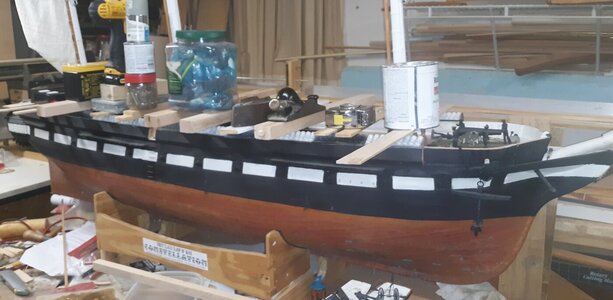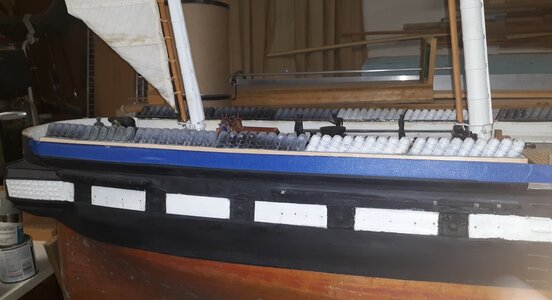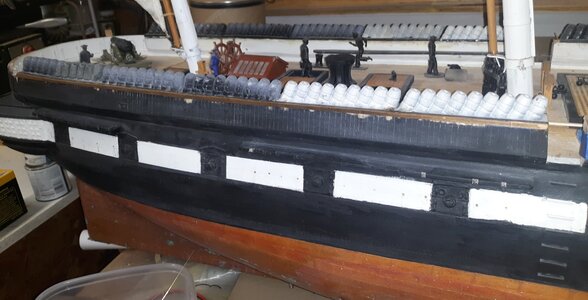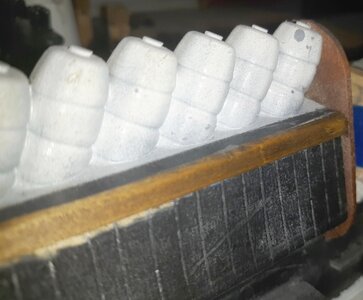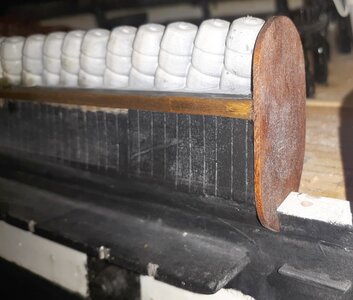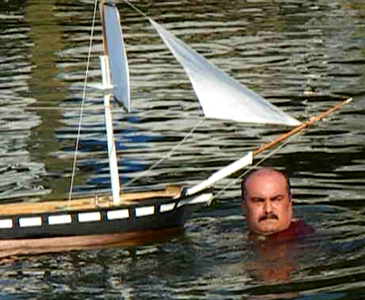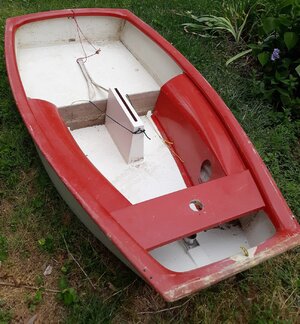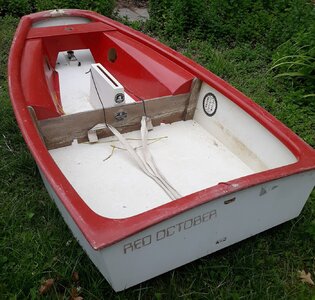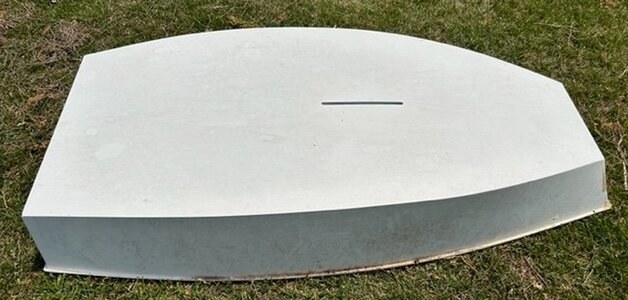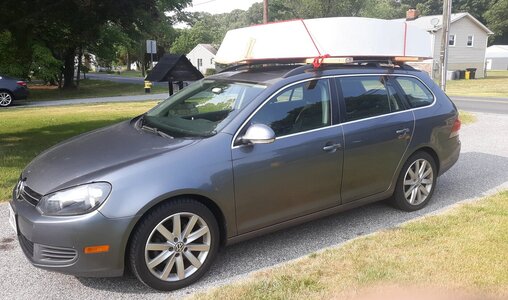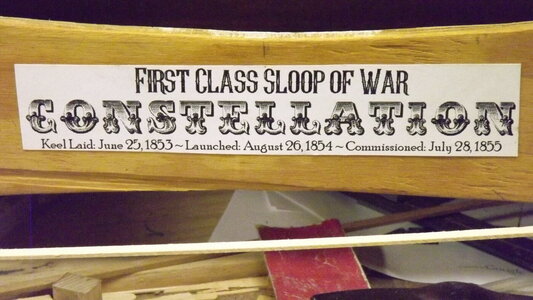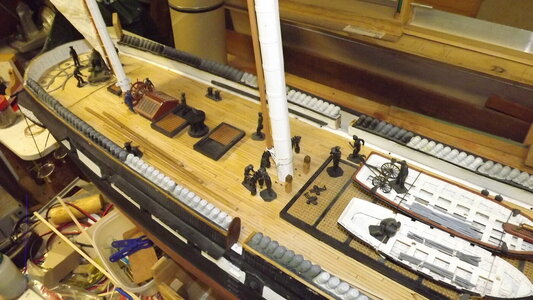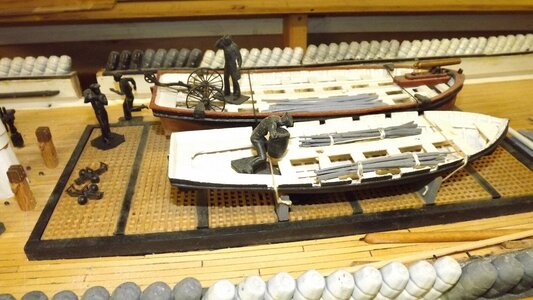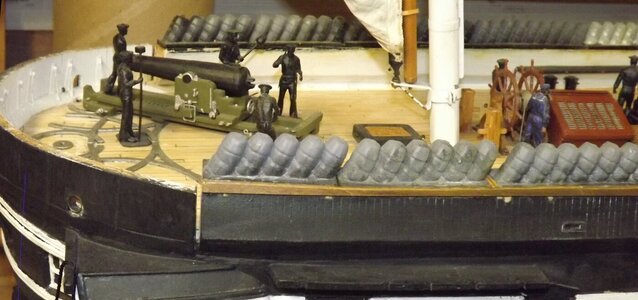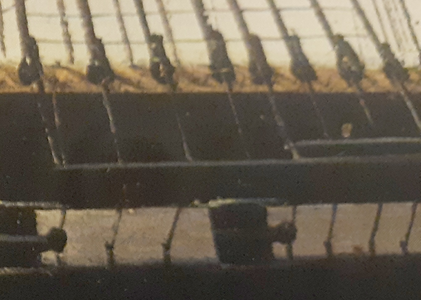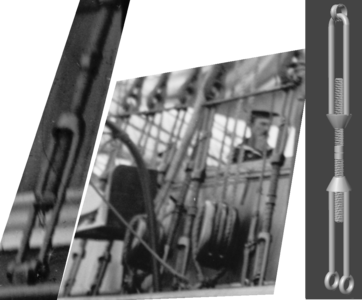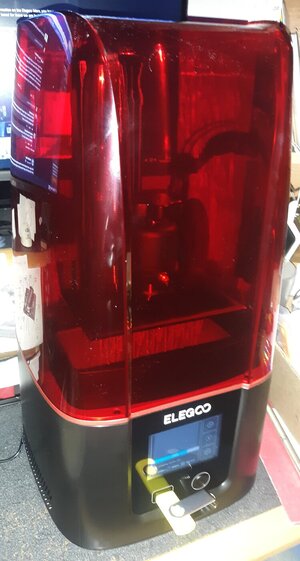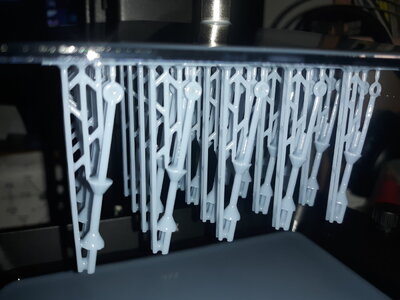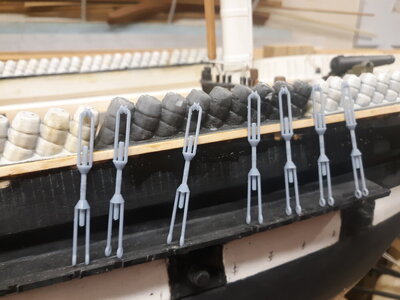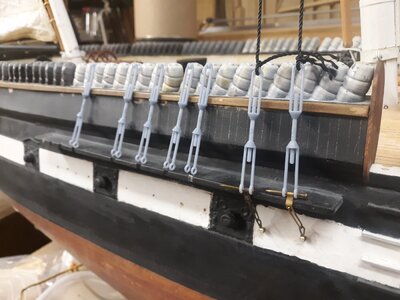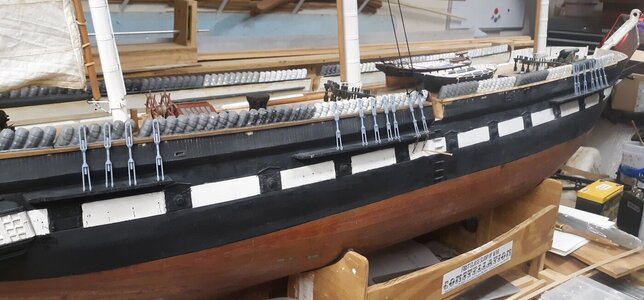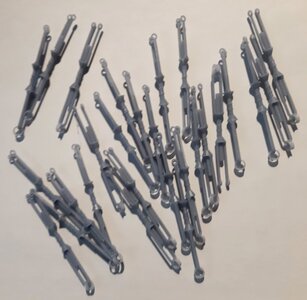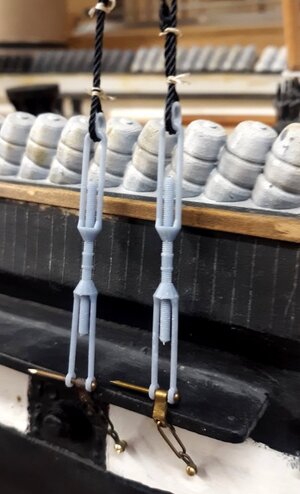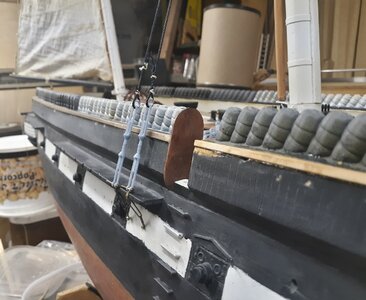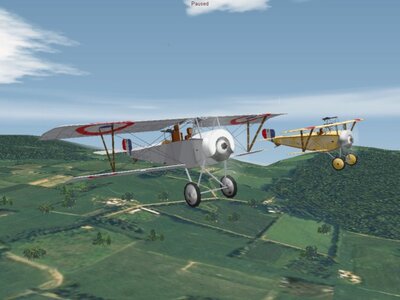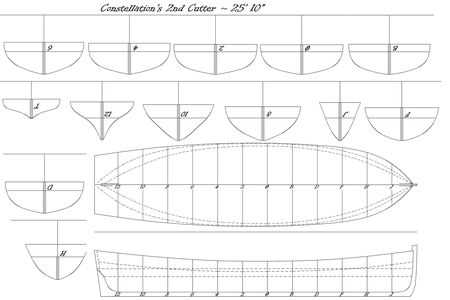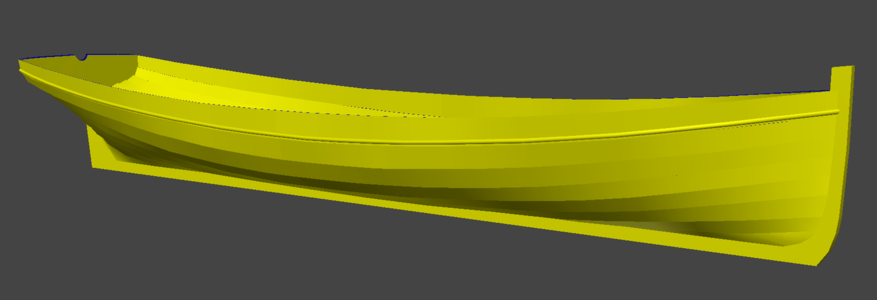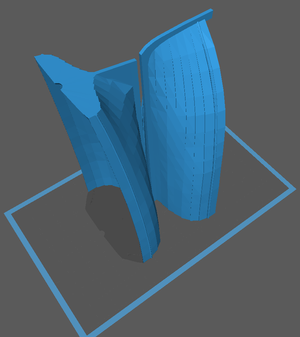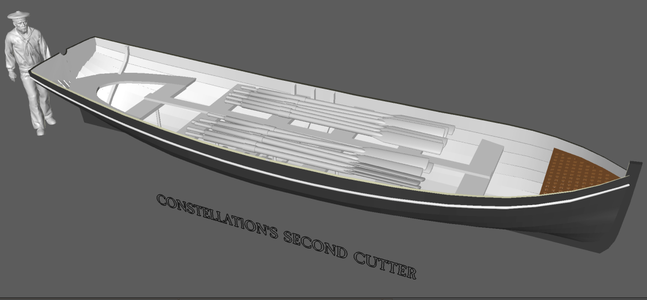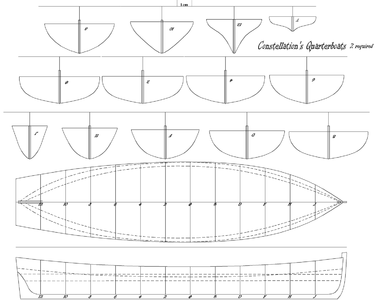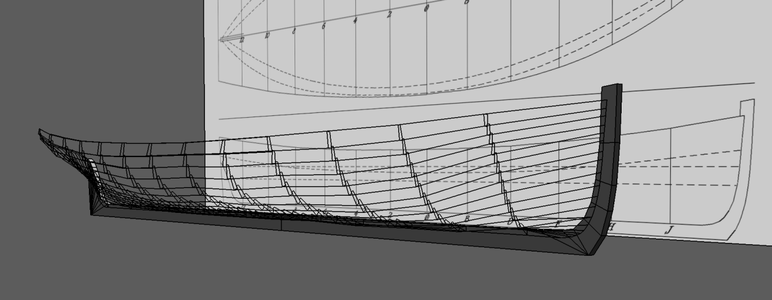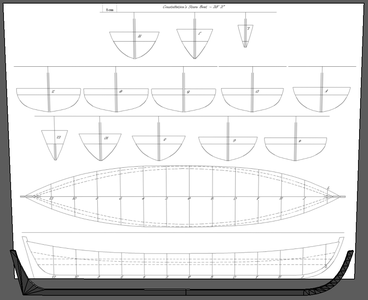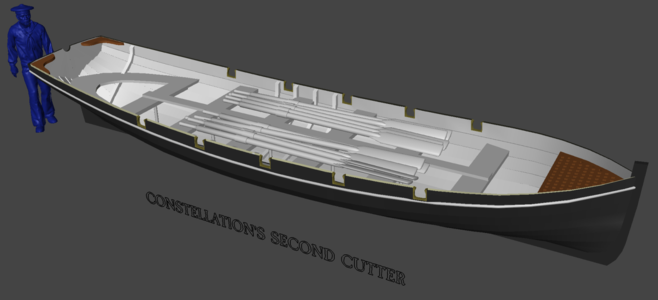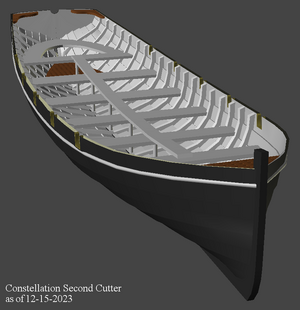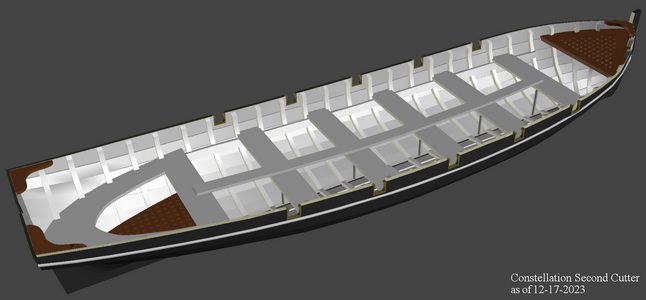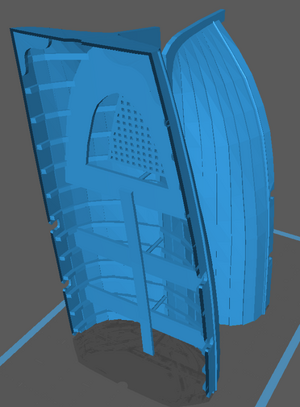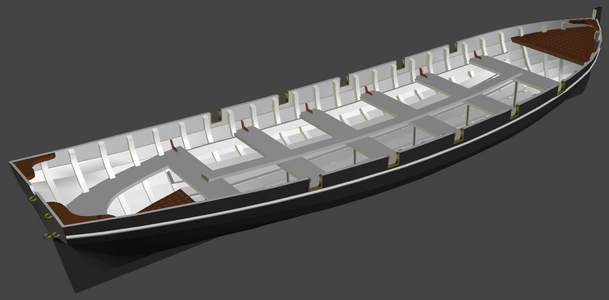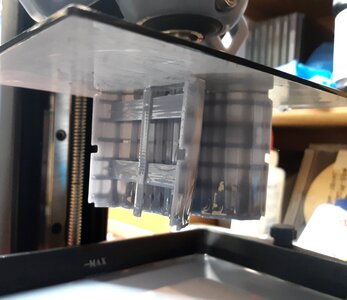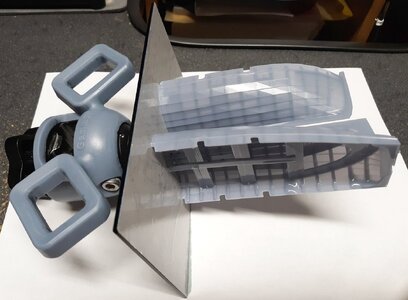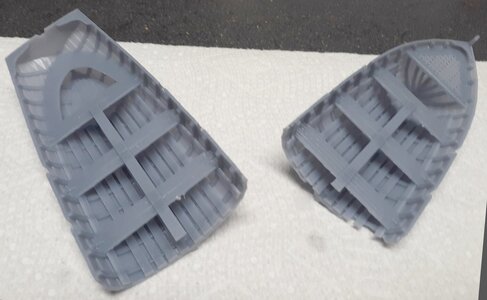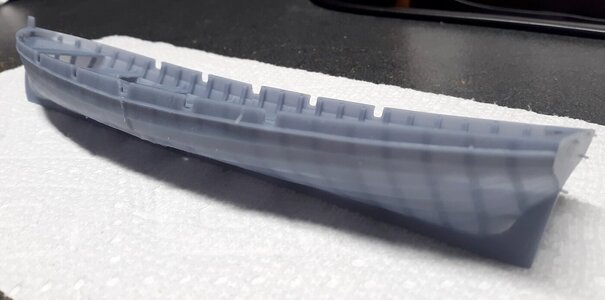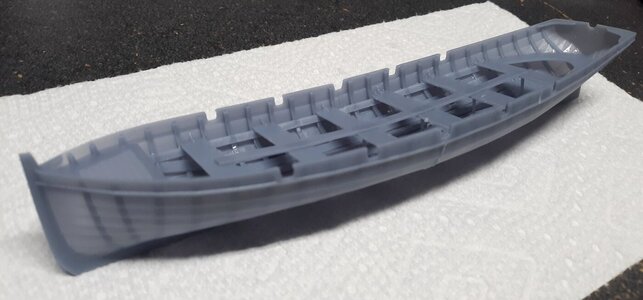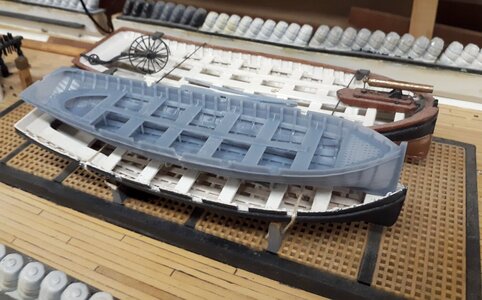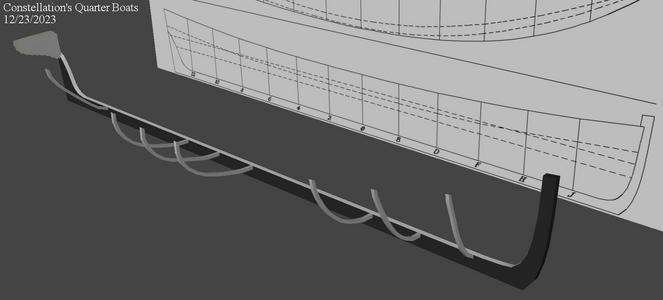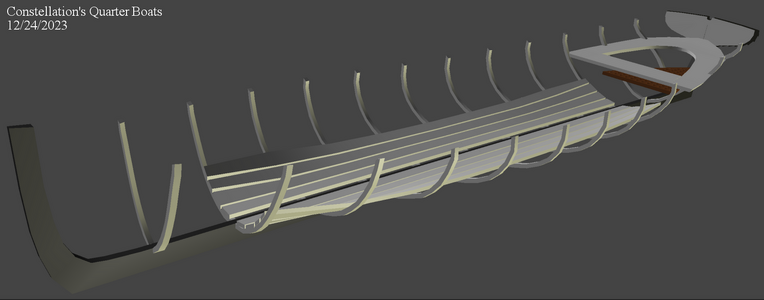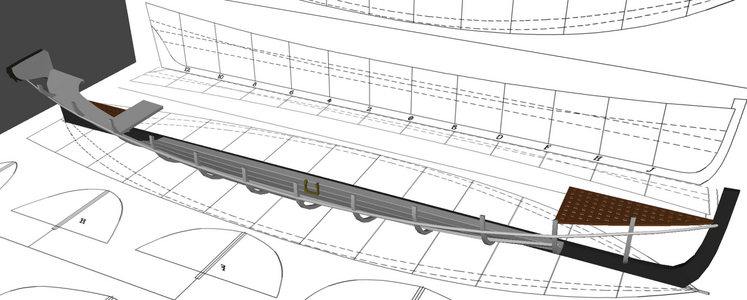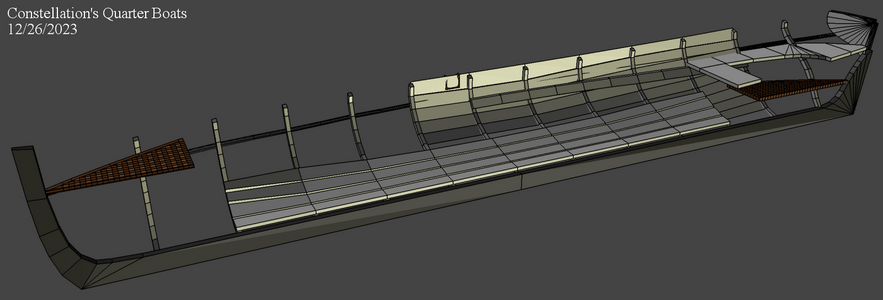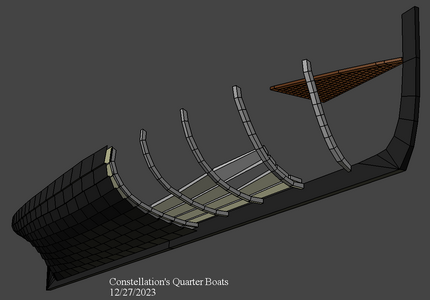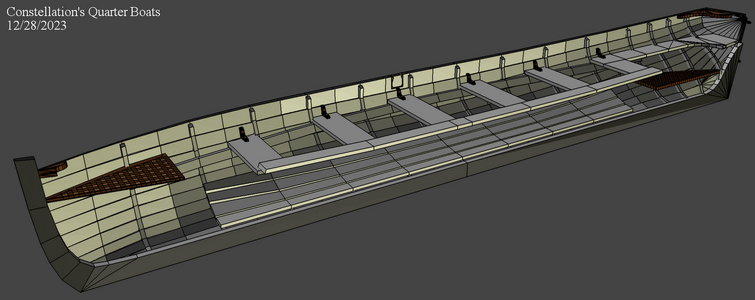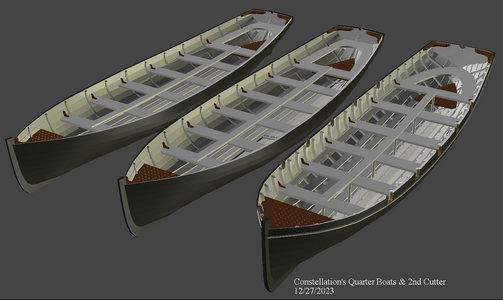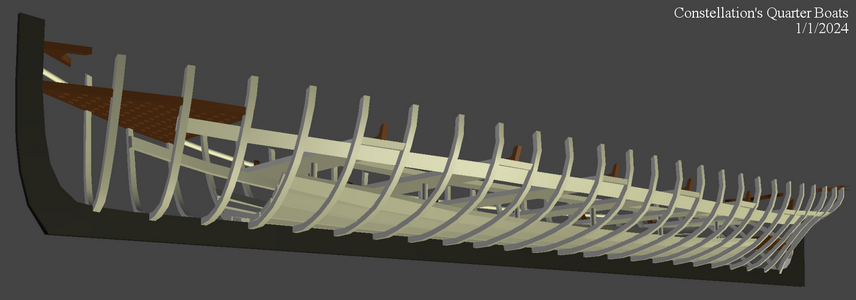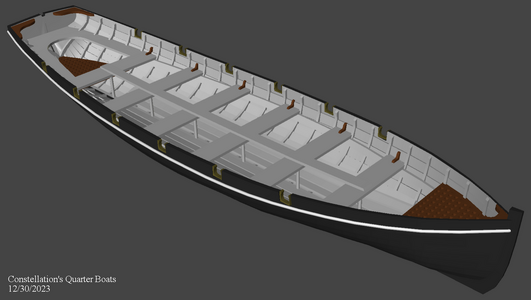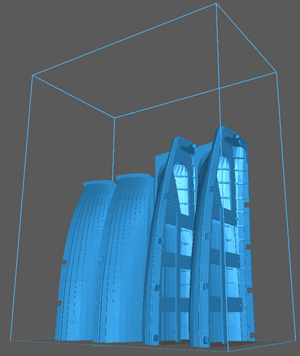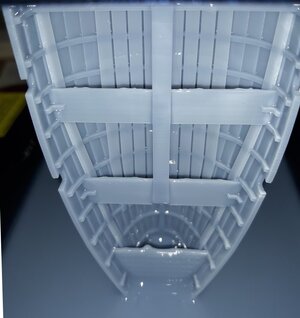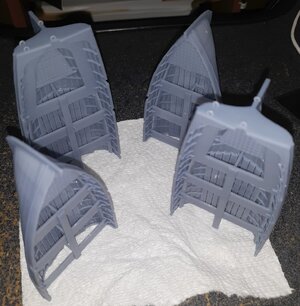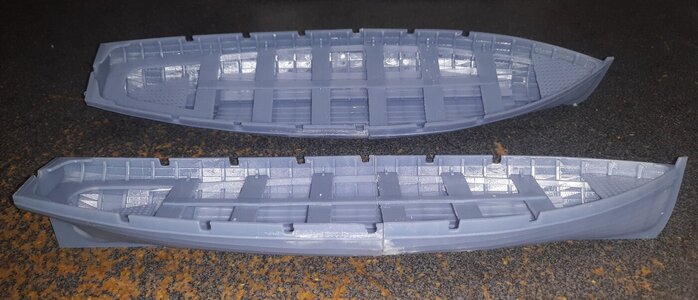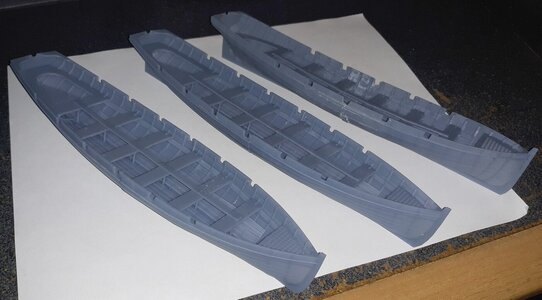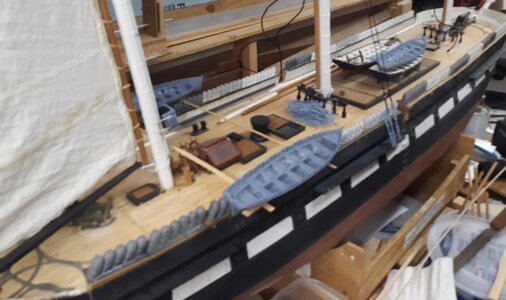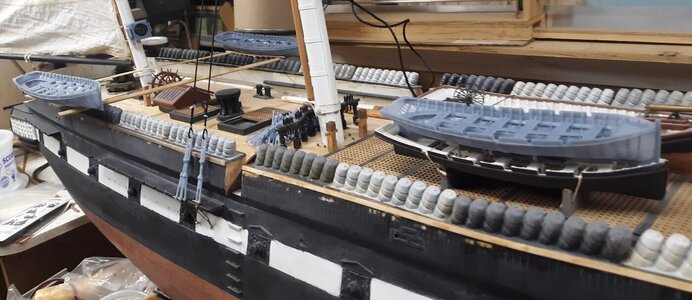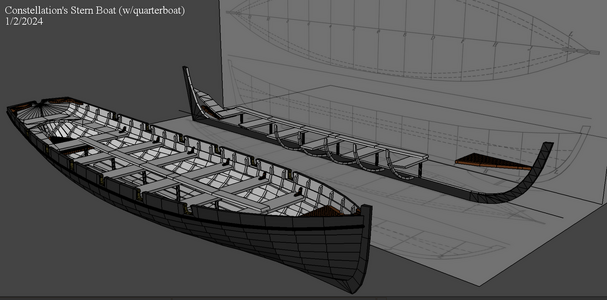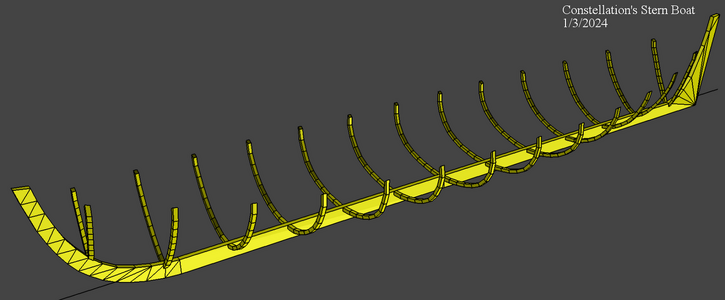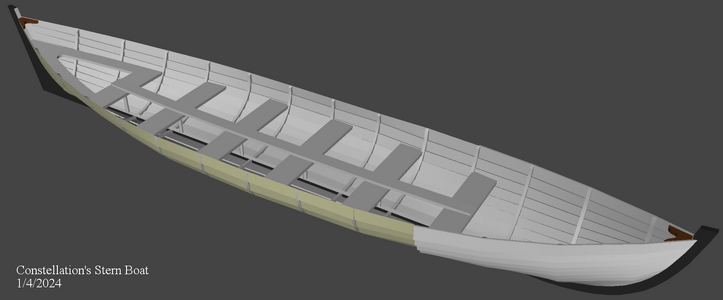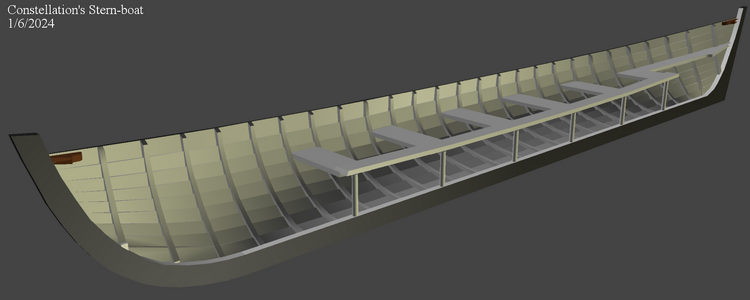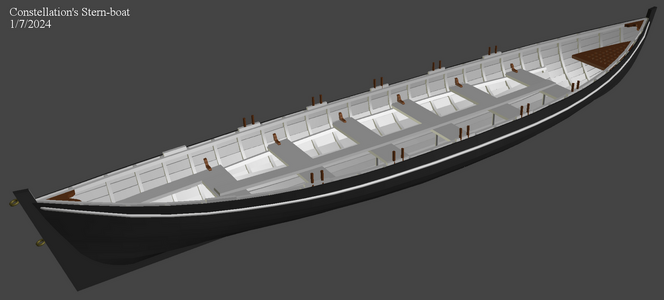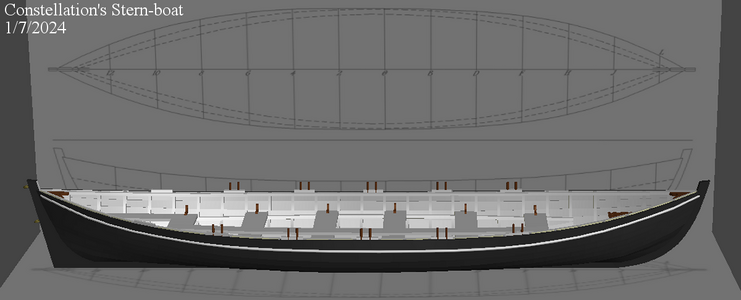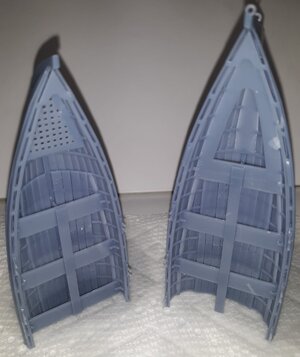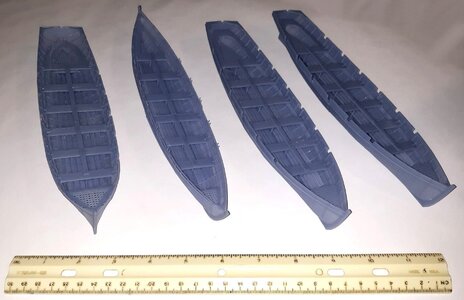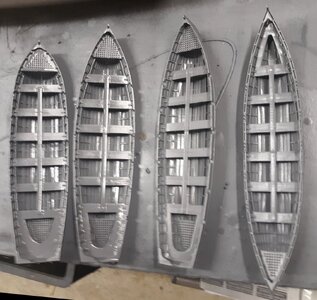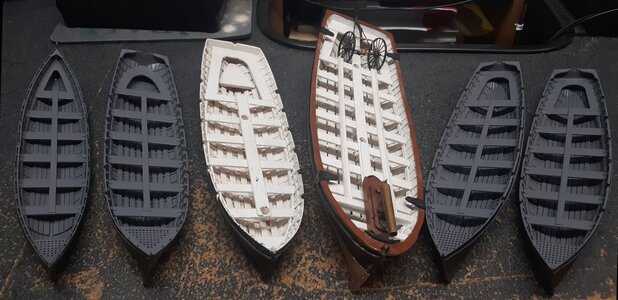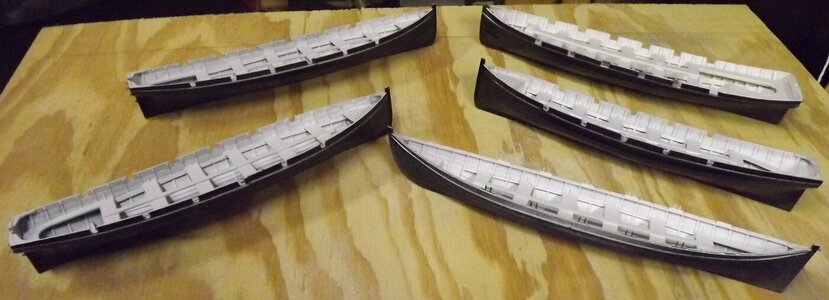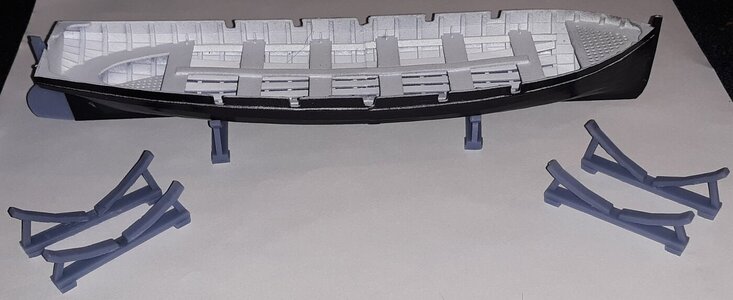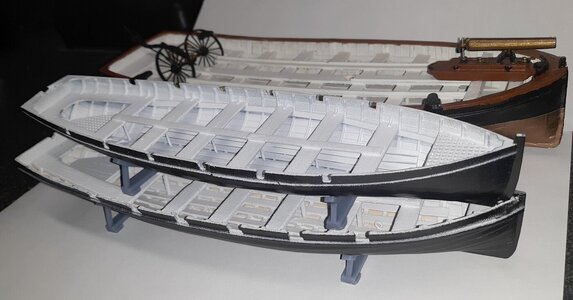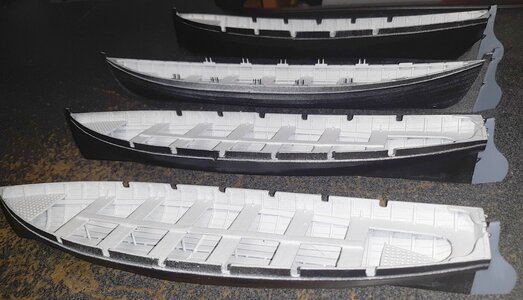I have a project I started nearly 19 years ago, so here's a "build log" for it, but first we need to go back in time and get caught up...
I've built working model boats of all sorts, but most being smallish tended to bob like corks in Baltimore's Inner Harbor where I sailed them. I wanted to build something large that would sail like a boat. I was inspired to action by a model of the
Rattlesnake I saw in back-issue of Model Ship Builder magazine, but wasn't sure what boat to build.
View attachment 33453
The hermaphrodite, or "jackass" bark was a favorite rig...
View attachment 33454
But a friend suggested a local boat that had (it's 1999) just gone into dry-dock for restoration; the sloop of war
Constellation, which the more I thought about it, the more it sounded like a good idea.
View attachment 33452 Constellation
at Naples 1856 by Tomasa deSimone
I won't get into the "controversy" surrounding this boat besides saying, this vessel is not and never was a frigate by any measure. The only people that buy that story also think the world is flat. Her history can be found
Here
I made a visit to the National Archives in College Park Maryland and came home with her lines in 1:36 scale, her 1854 sail plan, and several other drawings of the ship, even the lines for her boats.
Rattlesnake was built with extended forms on a baseboard, something like Harold Hahn's method, and that's how I went about building
Constellation. The forms were cut from thin plywood paneling pulled out of my house when I remodeled it on a particle-board base, also scrap from the remodel. The keel is 1/2" birch plywood.
View attachment 33455
Before I started planking I came across a book by William Mowell about building the iron frigate
Warrior. He battened the forms instead of planking and covered the hull in layers of brown paper packing tape, which he covered in masking tape, made a fiberglass mold from that, and laid up a fiberglass hull in that mold, the original "plug" being destroyed. This seemed like a great idea and a mold would allow me to easily make more than one hull, in fact, I decided to make three; one as the RC model, and two unrigged static models; one to be donated and the other sold, figuring a local Baltimore company would like a 5 foot hull of the
Constellation in their lobby, and the money would pay for the whole project.
View attachment 33456
So off on this tangent I went...
View attachment 33457 View attachment 33458 View attachment 33459
The idea was to lay on planking and other details on the "plug" to impart things like plank lines and moldings to the mold, but there were a lot of such details not shown on anything I found at the archives, so I had more research to do. In the mean time we moved to a small farm and the plug was store under plastic in the corner of the barn.
View attachment 56691
The wife and I split up, we sold the farm and the plug went into a storage unit. I bought a house with a workshop in a separate building and in 2009 pulled the old plug out to resume work on it, a decade later.
View attachment 33461 View attachment 33460
Next up: How NOT to build a hull
